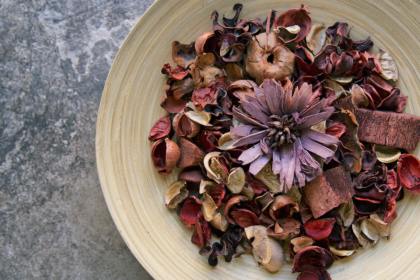We all want to be healthier and to feel better, have more energy, sleep better and move better as we age and nutrition plays a large role in this. If we are deficient in nutrients that play crucial role for mitochondrial health, sleep health and lymphatic health. But what most people don’t dig deeper into is the class of antinutrients.
These are plant chemicals that the plants produce in order to protect themselves from pests, and bugs. They have this innate built in protection mechanism to survive. The challenge comes in when we consume plants that are high in antinutrients because these “anti-nutrients” prohibit nutrient absorption.
What are Antinutrients?
Antinutrients are compounds found in plants that can interfere with the absorption of nutrients or have other adverse effects on human health when consumed in large amounts. If you’re eating foods that contain a lot of antinutrients without removing these antinutrients with the four steps below in this article, they can build up and accumulate in your body causing issues that can lead to nutritional deficiencies.
The Nutritional Breakdown Of Plants vs. Meat
Plants contain antinutrients and meat does not, which lead some people to believe that meat is a better source of nutrients than plants. Is this true? Most of the time, yes. However, your body needs to have a variety of nutrients and caloric sources in order to be metabolically flexible. This allows your body to utilize plants, meat or a variety of caloric sources and break them down to extract value (nutrition) from them.
Here are ten common antinutrients found in plants:
1. Phytic Acid: Found in seeds, nuts, grains, and legumes, phytic acid can bind to minerals like calcium, zinc, and iron, reducing their absorption.
2. Oxalates: Found in foods like spinach, beet greens, and rhubarb, oxalates can bind to calcium and form insoluble crystals, potentially leading to kidney stones in susceptible individuals.
3. Tannins: Present in tea, coffee, legumes, and some fruits, tannins can interfere with iron absorption and may cause digestive discomfort in some people.
4. Lectins: Found in beans, grains, and some vegetables, lectins can interfere with nutrient absorption and may cause digestive issues, although cooking often reduces their levels.
5. Protease Inhibitors: Found in soybeans and other legumes, protease inhibitors can interfere with protein digestion by inhibiting enzymes that break down proteins.
6. Saponins: Present in legumes, quinoa, and some vegetables, saponins can disrupt cell membranes and may interfere with nutrient absorption, although they can be reduced by cooking.
7. Glucosinolates: Found in cruciferous vegetables like broccoli, Brussels sprouts, and cabbage, glucosinolates can interfere with thyroid function when consumed in large amounts.
8. Trypsin Inhibitors: Found in soybeans and other legumes, trypsin inhibitors can interfere with protein digestion by inhibiting the enzyme trypsin.
9. Alkaloids: Found in certain plants like potatoes (solanine), tomatoes, and eggplants (solanine and tomatine), alkaloids can be toxic in high amounts and may cause digestive disturbances.
10. Enzyme Inhibitors: Found in various seeds and legumes, enzyme inhibitors can interfere with digestive enzymes, potentially affecting nutrient absorption and causing digestive discomfort.
While these antinutrients can have negative effects, they are generally not a concern in a balanced diet, especially when foods are properly prepared through cooking, soaking, fermenting, or sprouting, which can reduce their levels. Eating a diverse range of foods and cooking methods can help mitigate the impact of antinutrients while still benefiting from the nutritional content of plants.
Cook, Soak, Ferment or Sprout These Plants
The four ways that you can reduce antinutrients in plants that you consume is to simply cook, soak, ferment or sprout the plants. This helps to remove antinutrients and minimizes their harm. You can reduce the antinutrient exposure in your body from 60% to over 80% simply by engaging in these things.
Watch this video to learn more:
Recommended Reading:





